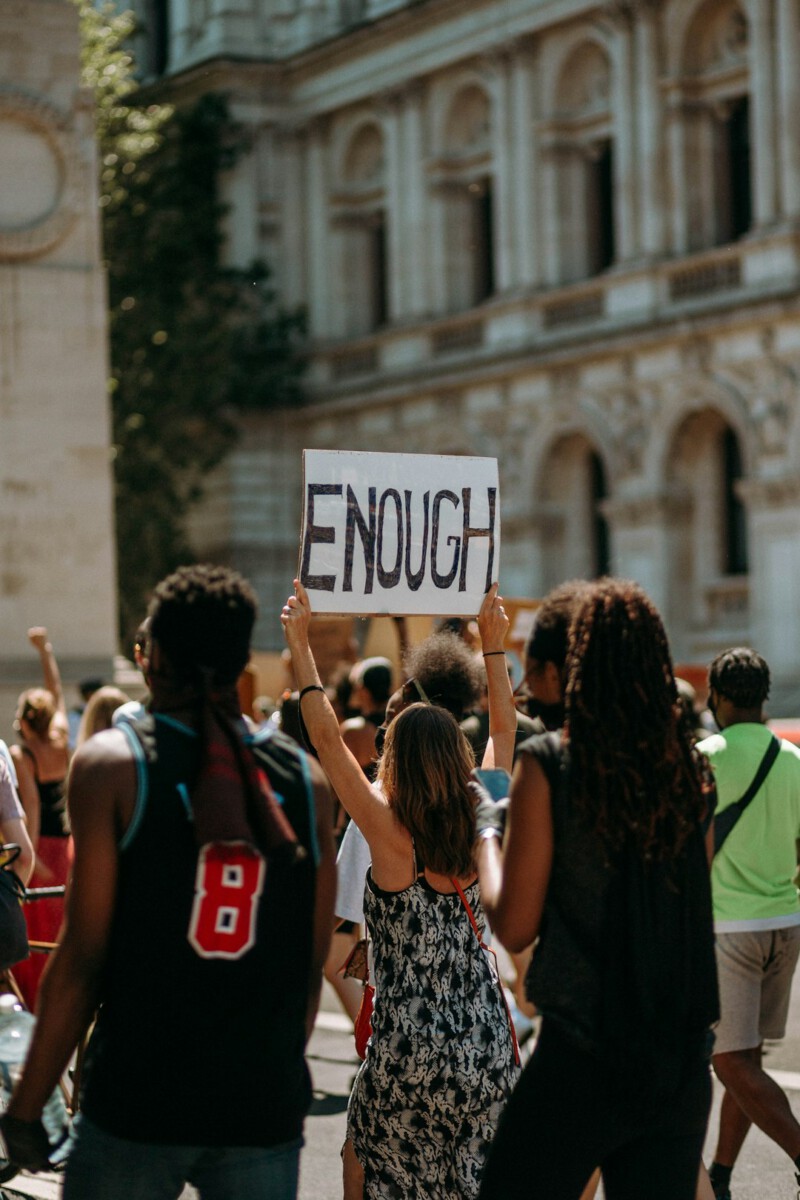A Historic Turnout That Shattered Expectations (Image Credits: Unsplash)
Under a crisp autumn sky, crowds gathered in cities big and small, their chants echoing through streets alive with determination and a hint of frustration.
A Historic Turnout That Shattered Expectations
Picture this: over 7 million people flooding the streets across all 50 states in a single day. That’s the staggering reality of the No Kings protests on October 18, 2025. Organizers and experts alike are calling it the biggest single-day demonstration in U.S. history, topping even the massive Earth Day rallies of 1970.
What started as a call to action against perceived authoritarian moves by President Trump snowballed into something unprecedented. From Los Angeles to small towns in the Midwest, participants waved signs and shared stories, united in their message. Yet, as the dust settles, questions linger about whether this sheer size translated to real change.
Experts like Dana Fisher from American University had predicted millions would show up, based on earlier events. And they were right – turnout estimates from crowd-sourcing data put it at 7 million, a number that dwarfs previous records like the 5 million from June’s protests.
The Spark: What Fueled This Massive Mobilization?
At its core, the No Kings movement targeted what many saw as overreaches in power, from policy shifts to symbolic gestures like White House renovations. Protesters weren’t just venting; they were drawing a line in the sand against what they called “kings” in a democracy.
Social media played a huge role, with viral posts and live streams pulling in folks who might never have hit the pavement before. One X post summed it up: “5 million in June was big, but this? It’s history.” That energy built on months of growing discontent, turning online buzz into boots on the ground.
Still, not everyone bought into the hype right away. Some observers noted the decentralized nature – rallies in over 2,600 locations – made coordination tricky, potentially diluting the punch.
Comparing the Giants: How No Kings Stacks Up
To grasp just how enormous this was, let’s look back at other landmark protests. The 1963 March on Washington drew about 250,000 for civil rights. Fast-forward to the Women’s March in 2017, with around 4 million nationwide.
| Protest Event | Estimated Size | Year |
|---|---|---|
| No Kings (Oct 2025) | 7 million | 2025 |
| No Kings (June) | 5 million | 2025 |
| Women’s March | 4 million | 2017 |
| Earth Day | 20 million (multi-day) | 1970 |
This table highlights the scale – No Kings didn’t just beat recent ones; it redefined what’s possible for a one-day event. But size alone doesn’t guarantee legacy. The Black Lives Matter protests in 2020 involved up to 26 million over weeks, yet their long-term impact varied by issue.
Here, the focus on anti-authoritarianism felt timely, especially post-election. Participants shared personal stakes, from fears over rights to economic worries, making it more than a fleeting outburst.
Voices from the Crowd: Passion Meets Skepticism
Many who joined described a festival-like vibe, with music, speeches, and a sense of solidarity that cut through political divides. “It felt like we were reclaiming our voice,” one attendee from a New York rally shared in media reports.
However, critics pointed out the echo-chamber effect. Posts on X debated if it was all performative, with some calling it the “largest feel-good event” without clear demands. That tension – between raw emotion and tangible outcomes – defined the day.
Organizers countered by highlighting follow-up plans, like voter drives and legal challenges. Still, the immediate aftermath saw more buzz on social media than in policy circles, raising eyebrows about staying power.
Why the ‘Irrelevance’ Label Sticks for Some
Despite the numbers, detractors argue it fizzled in impact. Trump’s administration continued unfazed, with events like White House honors proceeding as planned. No major policy reversals followed, leading to whispers that it was noise without teeth.
Part of this stems from protest fatigue in a polarized era. When millions march but the opposition digs in, it’s easy to dismiss as irrelevant. Political scientist Omar Wasow compared it to a theater ovation – inspiring at first, but does it change the play?
Yet, history shows these moments plant seeds. The civil rights marches seemed futile at times, only to shift tides later. For No Kings, relevance might unfold in midterm elections or court battles ahead.
Looking Ahead: Legacy or Footnote?
As we reflect on October 18, the sheer scale demands attention. It proved Americans can still mobilize en masse, a reminder of democracy’s muscle. But true relevance? That hinges on what comes next – sustained action over spectacle.
- Key takeaways:
- Massive turnout signals deep unrest, but impact needs follow-through.
- Social media amplified reach, yet fragmented focus.
- Compared to past protests, it’s a giant – now watch if it roars or whispers into history.
In the end, 7 million voices can’t be ignored forever. They challenge us to ask: What role do you play in turning protests into progress? Share your thoughts in the comments below.




